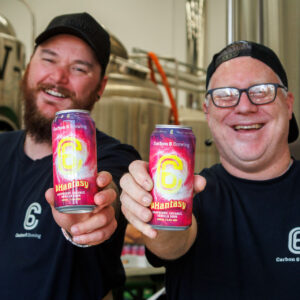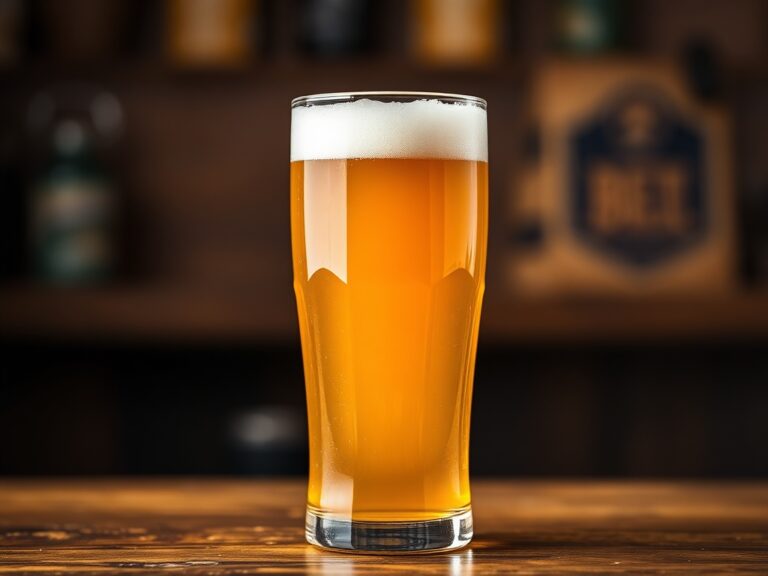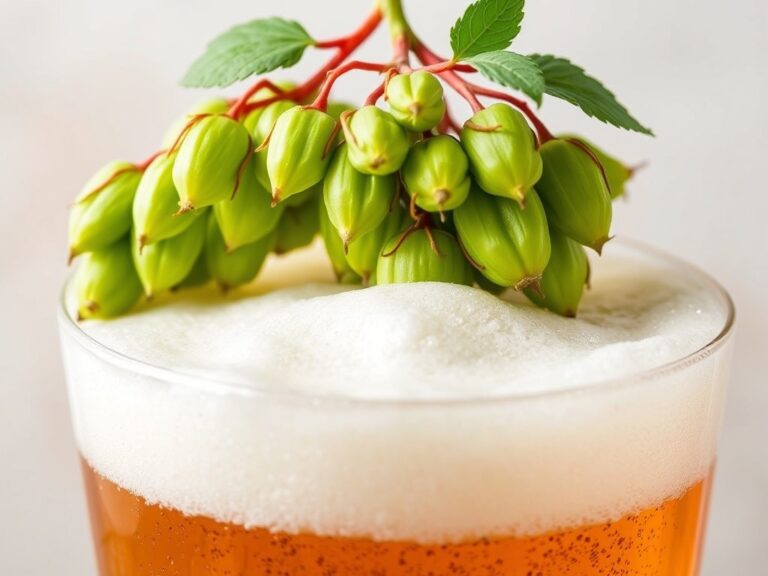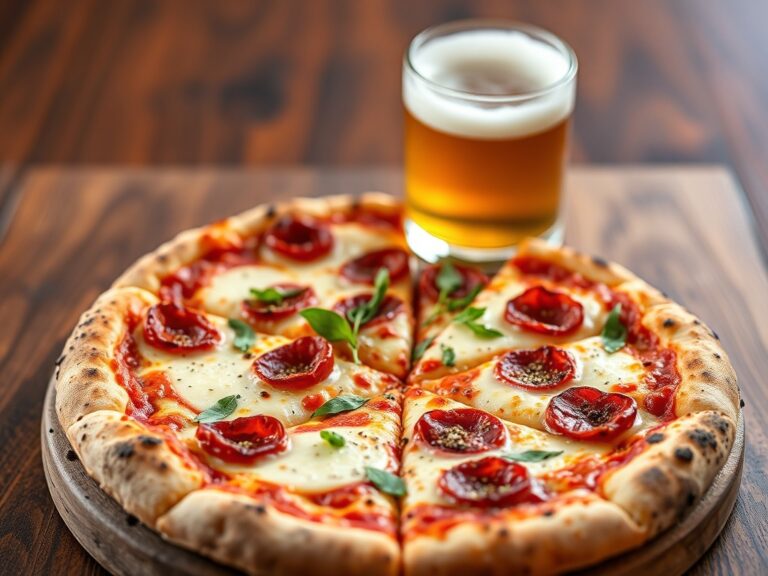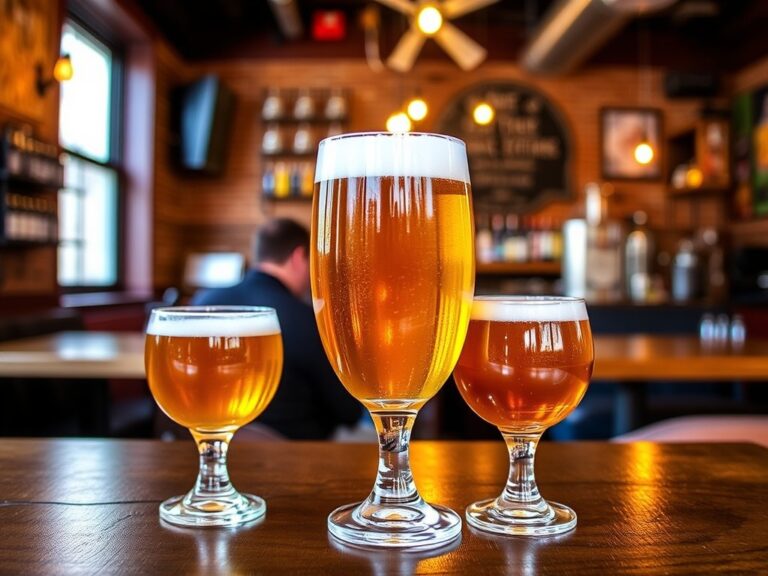Pale Ale Craft Beer Unveiled: Unlock the Secrets to Perfect Balance and Bold Flavor
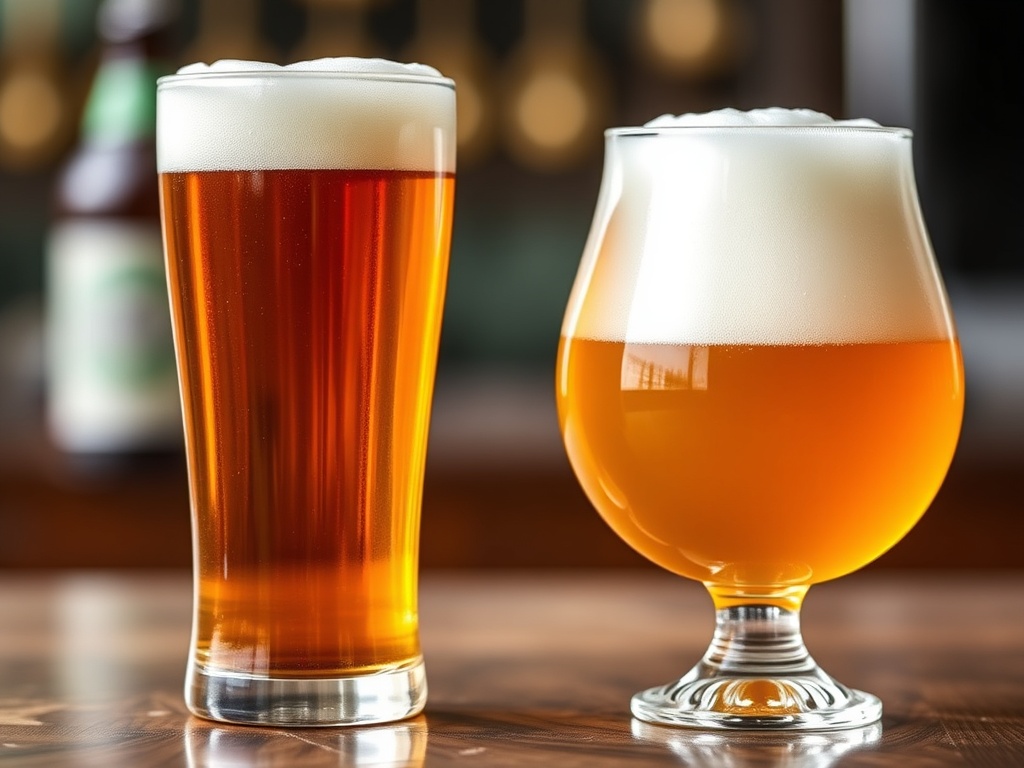
Pale Ale Craft Beer Unveiled: Unlock the Secrets to Perfect Balance and Bold Flavor
Introduction to Pale Ale Craft Beer
In my experience with pale ale craft beer, I’ve always been fascinated by its vibrant history and the complex flavors it offers. I want to share what I’ve learned about this popular style, especially how to achieve that perfect balance between boldness and drinkability. Over the years, I’ve sampled countless pale ale craft beers, and each one has taught me something new about what makes this style stand out. From what I’ve discovered, mastering the art of pale ale craft beer involves understanding its roots, ingredients, and brewing techniques.
In my journey exploring pale ale craft beer, I’ve found that the key to unlocking its full potential lies in the delicate interplay of hops, malt, and yeast. I believe that a well-crafted pale ale craft beer should deliver a harmonious blend of floral, citrus, and pine notes with a smooth malt backbone. I want to help you understand how to select the right ingredients and techniques to create a pale ale craft beer that’s both bold and balanced. Let’s dive into the secrets behind this beloved style.
Understanding the Flavor Profile of Pale Ale Craft Beer
Hops and Their Role in Pale Ale Craft Beer
In my experience, hops are the star of the show when it comes to pale ale craft beer. I’ve discovered that the variety and timing of hop additions significantly influence the final flavor. From what I’ve learned, American hop varieties like Cascade, Centennial, and Simcoe bring that signature citrus and pine aroma that defines many pale ales. I recommend experimenting with different hop blends to find what best suits your palate and desired flavor profile.
I’ve found that dry hopping is a game-changer for pale ale craft beer. It boosts the aroma without adding bitterness, allowing the floral and fruity notes to shine through. In my experience, balancing hop bitterness with malt sweetness is crucial to creating a pale ale craft beer that’s both bold and smooth. I suggest starting with moderate hop levels and adjusting as you refine your brewing process.
Malt and Balance in Pale Ale Craft Beer
From what I’ve learned, malt provides the necessary sweetness and body to balance the hop bitterness in pale ale craft beer. I’ve discovered that using pale malt or 2-Row barley creates that light, golden color and clean malt flavor I love. I recommend adding a touch of caramel malts to enhance sweetness and provide depth, especially if you prefer a richer flavor profile.
In my experience, achieving the perfect balance means paying attention to malt quantity and type. I’ve found that too much malt can overpower the hop aroma, while too little can result in a thin, insipid beer. From what I’ve researched, a well-balanced pale ale craft beer showcases malt sweetness without overshadowing the hop character. I believe that a slight malt sweetness complements the bold hop flavors beautifully.
Brewing Techniques for the Perfect Pale Ale Craft Beer
Choosing the Right Ingredients for Pale Ale Craft Beer
In my experience, selecting quality ingredients is fundamental to brewing a standout pale ale craft beer. I’ve discovered that fresh hops and high-quality malt make all the difference. I recommend sourcing hops from reputable suppliers and considering hop freshness as a top priority because it directly impacts aroma and flavor.
From what I’ve learned, water chemistry also plays a vital role. I’ve found that slightly softer water with low mineral content helps accentuate hop flavors without dulling them. I recommend adjusting your brewing water to match the style, and for pale ale, a balanced mineral profile tends to work best. I believe that paying attention to these details will elevate your pale ale craft beer to professional levels.
Fermentation and Temperature Control
In my experience, controlling fermentation temperature is one of the most crucial aspects of brewing a pale ale craft beer. I’ve found that fermenting around 65-68°F (18-20°C) helps develop clean flavors and preserves hop aroma. From what I’ve learned, a consistent fermentation temperature prevents off-flavors and ensures clarity and freshness in your beer.
I recommend investing in a good fermentation chamber or temperature controller. I’ve discovered that even slight fluctuations can change the flavor profile dramatically. I’ve also experimented with different yeast strains, and I believe that an American ale yeast works wonderfully for pale ale craft beer. It produces a clean, fruity profile that complements hop-forward beers perfectly. My advice is to be patient and monitor your fermentation closely to get the best results.
Pairing and Enjoying Your Pale Ale Craft Beer
Food Pairings for Pale Ale Craft Beer
In my experience, pale ale craft beer pairs beautifully with a variety of foods. I recommend pairing it with spicy dishes like buffalo wings or Thai curries, as the beer’s bitterness cuts through the heat and enhances the flavors. I’ve also enjoyed it with grilled meats, burgers, and even sharp cheeses, which balance nicely with its hop-forward profile.
From what I’ve learned, the bold flavors of a pale ale craft beer make it versatile for different culinary experiences. I believe that the key is matching the beer’s hop intensity with the intensity of the food. I suggest experimenting with different pairings to find what excites your palate the most. In my opinion, nothing beats cracking open a chilled pale ale craft beer and savoring it with good friends and great food.
Serving Tips for Optimal Flavor
In my experience, proper serving techniques can significantly enhance the flavor of your pale ale craft beer. I recommend serving it in a tulip or pint glass to maximize aroma and maintain carbonation. I’ve found that pouring with a slight head—about 1-1.5 inches—helps release those vibrant hop aromas.
From what I’ve learned, serving your pale ale craft beer at around 45-50°F (7-10°C) preserves its refreshing qualities without muting the hop character. I suggest storing your beer upright in a cool, dark place and pouring gently to avoid excessive foam. Proper presentation and temperature make all the difference in experiencing the bold, balanced flavors of a well-crafted pale ale craft beer.
References and Resources
Throughout my research on pale ale craft beer, I’ve found these resources incredibly valuable. I recommend checking them out for additional insights:
Authoritative Sources on pale ale craft beer
-
Brewers Association
BrewersAssociation.orgA leading industry resource offering extensive guides on brewing techniques, styles, and industry standards for pale ale craft beer.
-
British Beers & Brewing
BritishBeers.comProvides historical context and brewing tips for traditional and modern pale ale craft beer styles.
-
Hop Union
HopUnion.comOffers detailed hop profiles and brewing advice specifically for hop-forward beers like pale ale craft beer.
-
BeerAdvocate
BeerAdvocate.comCommunity reviews and brewing discussions that help refine your understanding of pale ale craft beer styles.
-
BBC Good Food
BBCGoodFood.comPractical recipes and pairing ideas for pale ale craft beer enthusiasts.
-
Journal of Brewing Science
JournalOfBrewing.orgAcademic research articles on brewing processes, ingredients, and quality control for pale ale craft beer.
-
American Homebrewers Association
HomebrewersAssociation.orgResources and recipes perfect for aspiring brewers wanting to craft their own pale ale craft beer.
-
NPR Food & Drink
NPR.orgInsightful articles on craft beer trends, including pale ale craft beer innovations and culture.
Frequently Asked Questions
What makes pale ale craft beer different from other beer styles?
In my experience, pale ale craft beer stands out due to its prominent hop character balanced with malt sweetness. It typically features a golden color, a floral or citrus aroma, and a clean finish. What sets it apart from other styles is its emphasis on hop aroma and flavor without excessive bitterness, making it versatile and refreshing.
How can I improve my pale ale craft beer brewing skills?
From what I’ve learned, focusing on quality ingredients, controlling fermentation temperature, and understanding hop timing are key. I recommend starting with tried-and-true recipes and gradually experimenting with hop varieties and malt profiles. Patience and careful monitoring will help you craft a pale ale craft beer that matches your taste preferences.
What are some common mistakes to avoid with pale ale craft beer?
I’ve found that over-hopping or under-hopping can throw off the flavor balance, so I recommend measuring carefully. Also, inconsistent fermentation temperatures can lead to off-flavors. I suggest sticking to your recipe, maintaining temperature control, and tasting your beer throughout the process to ensure a high-quality pale ale craft beer.
Can I make a pale ale craft beer at home?
Absolutely! In my experience, homebrewing is a rewarding way to learn about pale ale craft beer. I recommend starting with beginner-friendly kits, focusing on cleanliness, and following your recipe carefully. With patience and practice, you can brew a delicious pale ale at home that rivals commercial brews.
Conclusion
In conclusion, my research on pale ale craft beer has shown me how vital ingredient quality, brewing techniques, and balance are to creating an exceptional brew. I hope this guide helps you appreciate the nuances of this style and inspires you to craft your own perfect pale ale. Based on my experience, I believe that with patience and experimentation, anyone can master the art of pale ale craft beer and enjoy its bold, refreshing flavors. Cheers to your brewing journey!
Find out more information about “pale ale craft beer”
Search for more resources and information:


